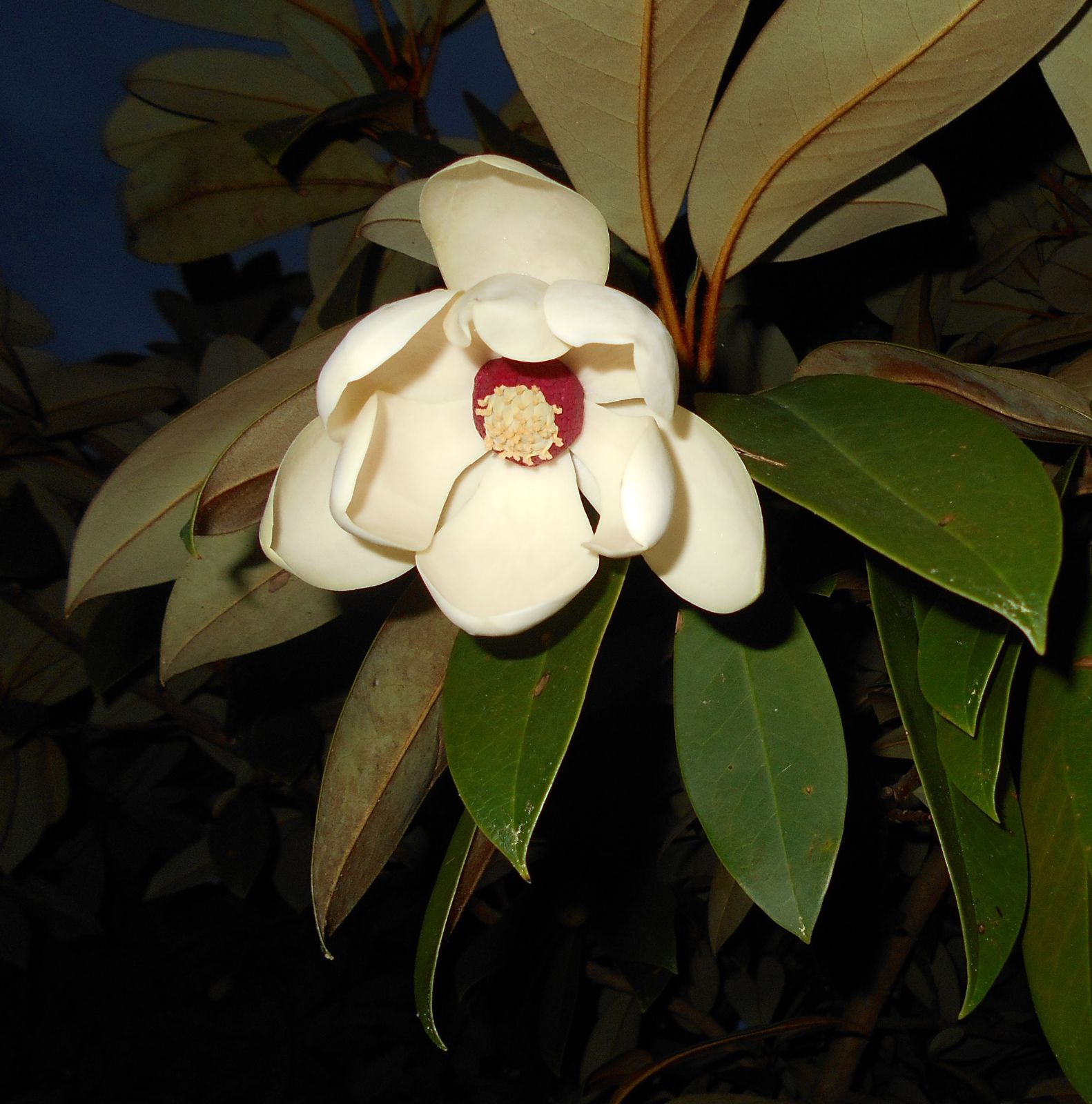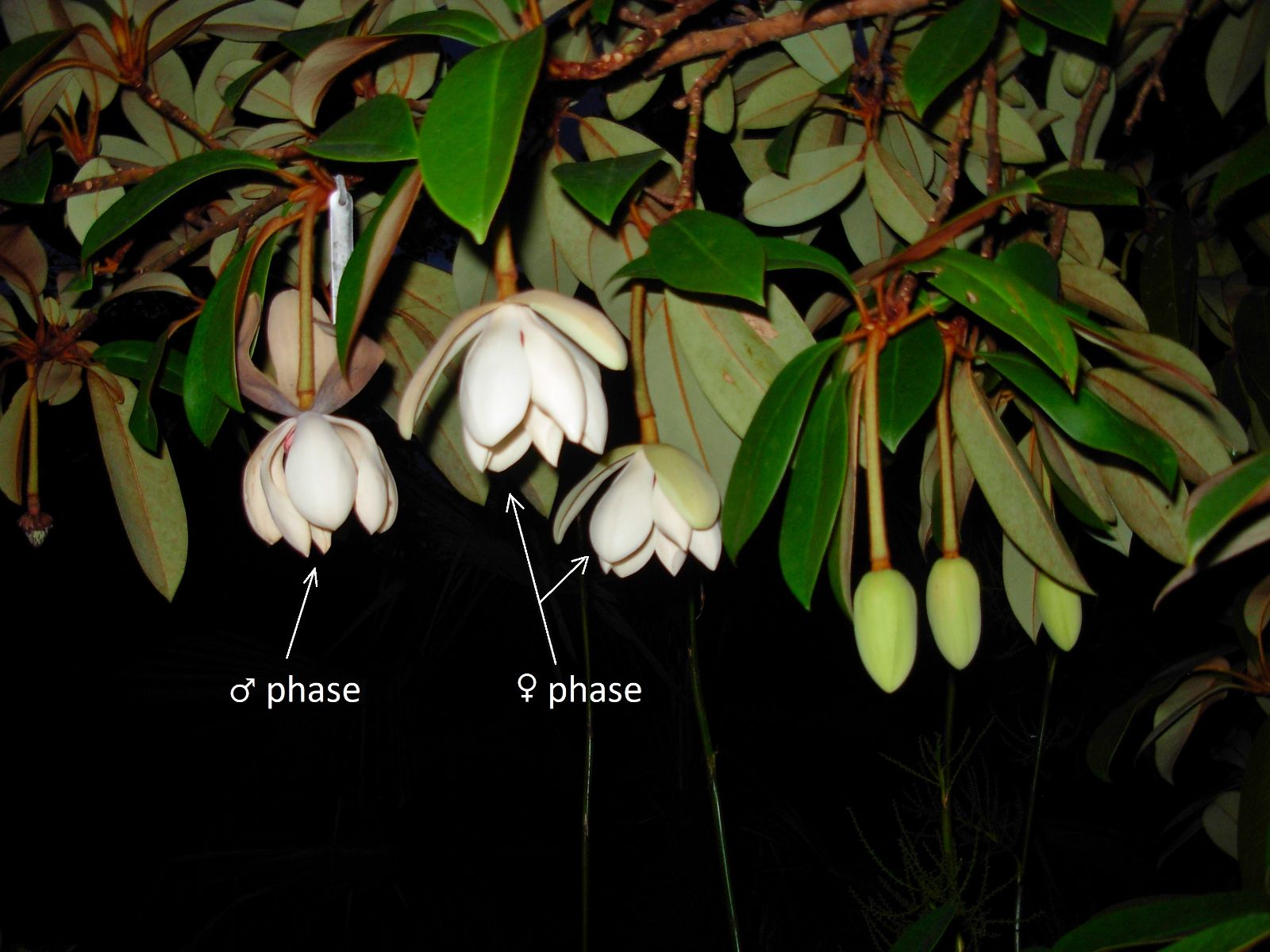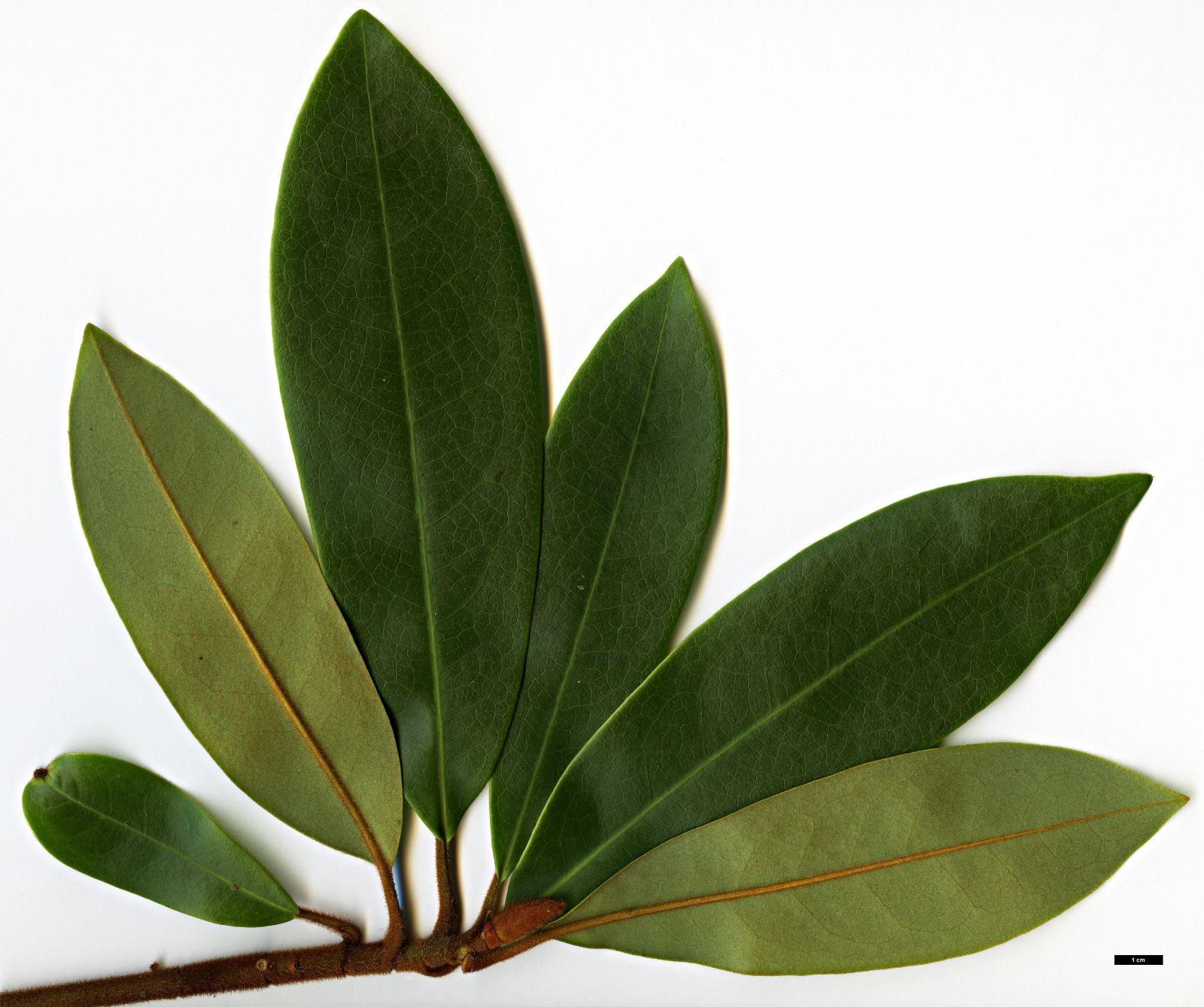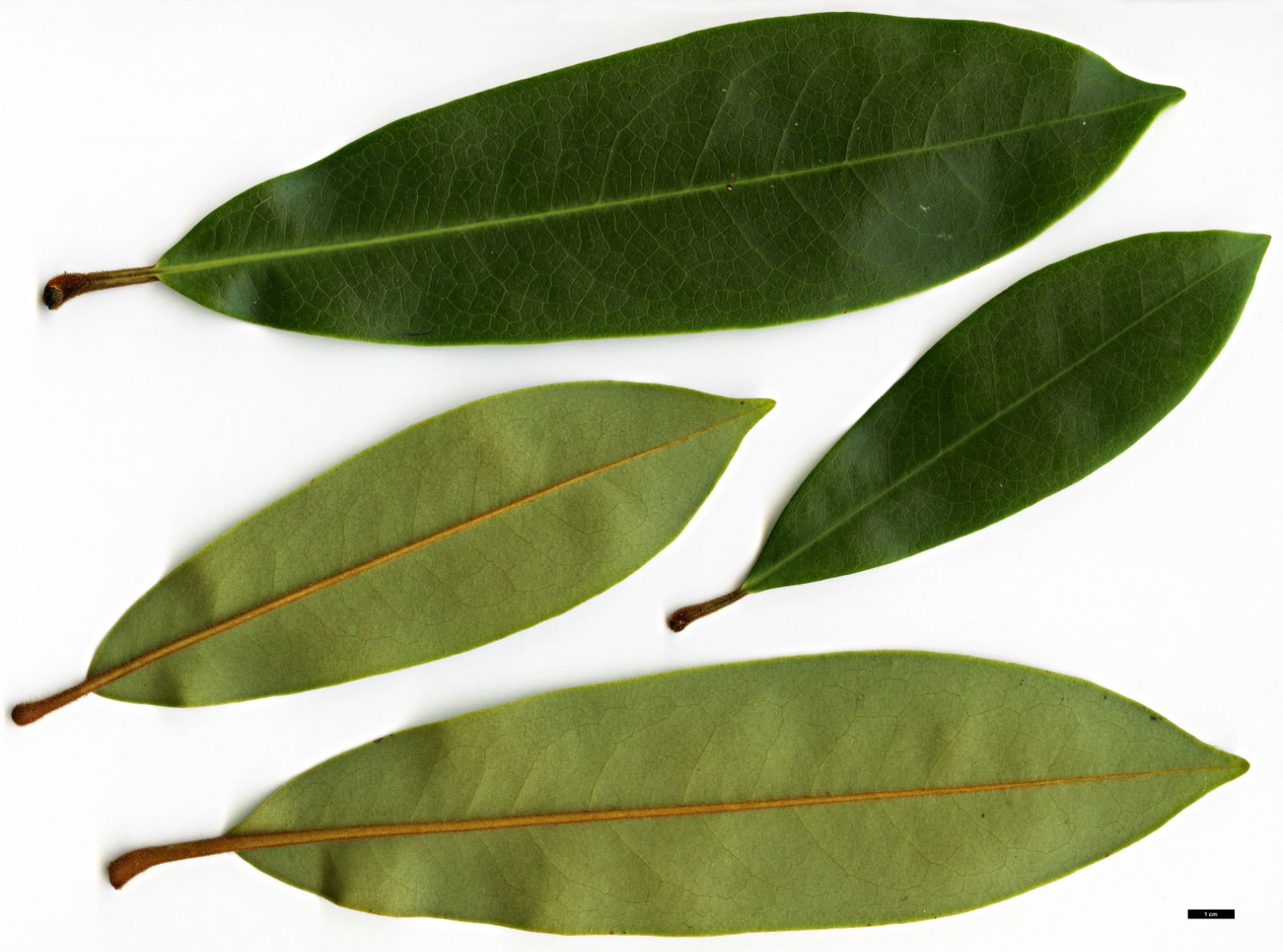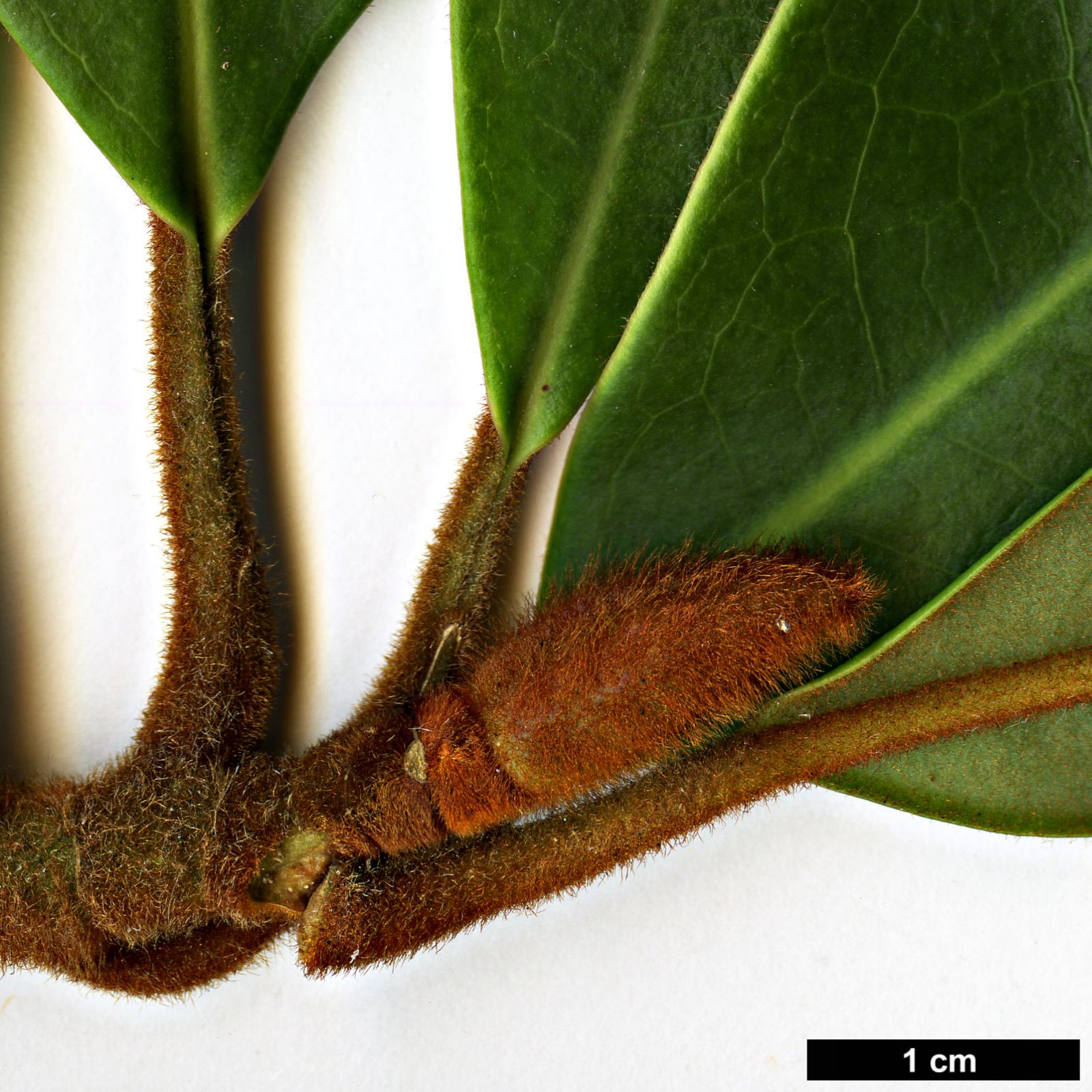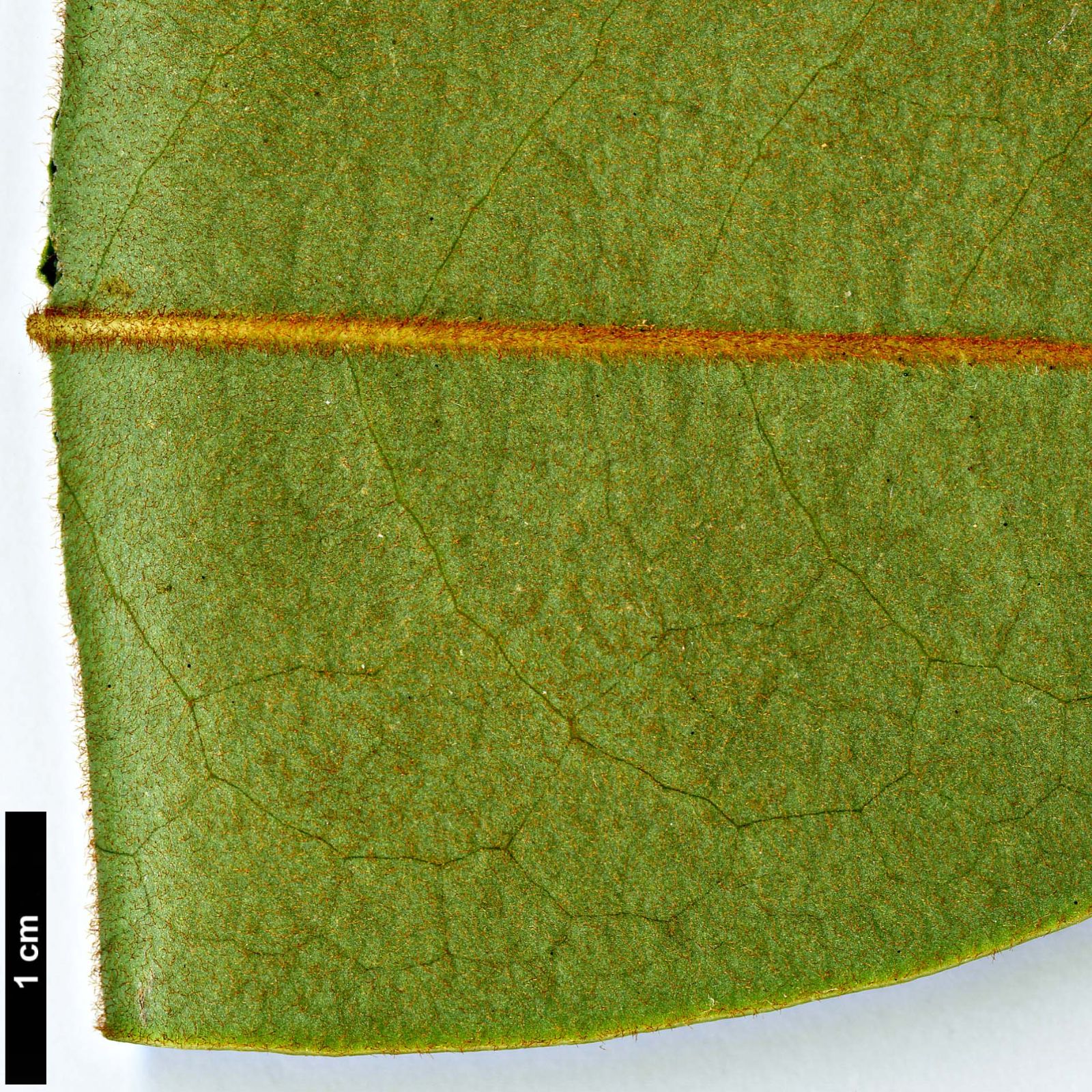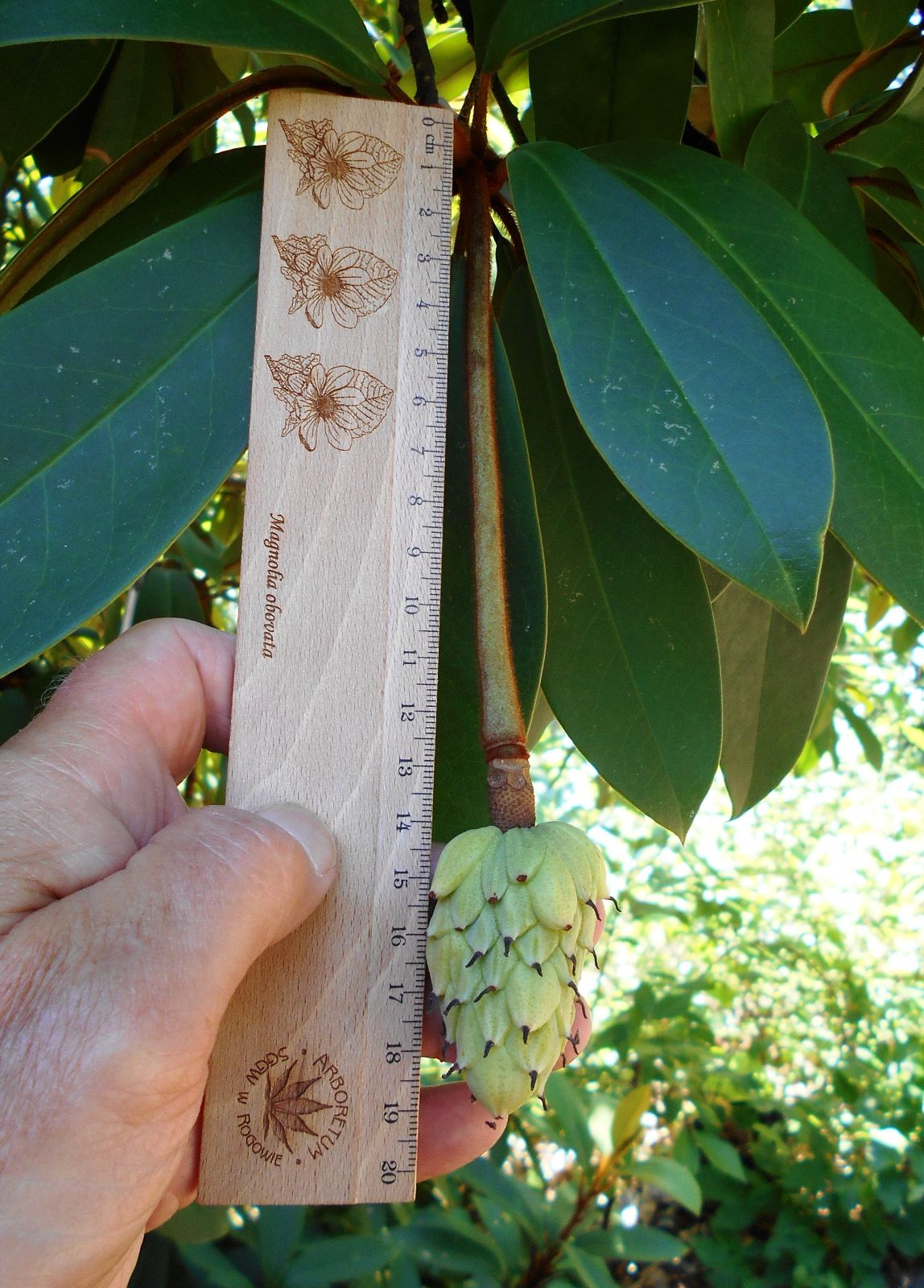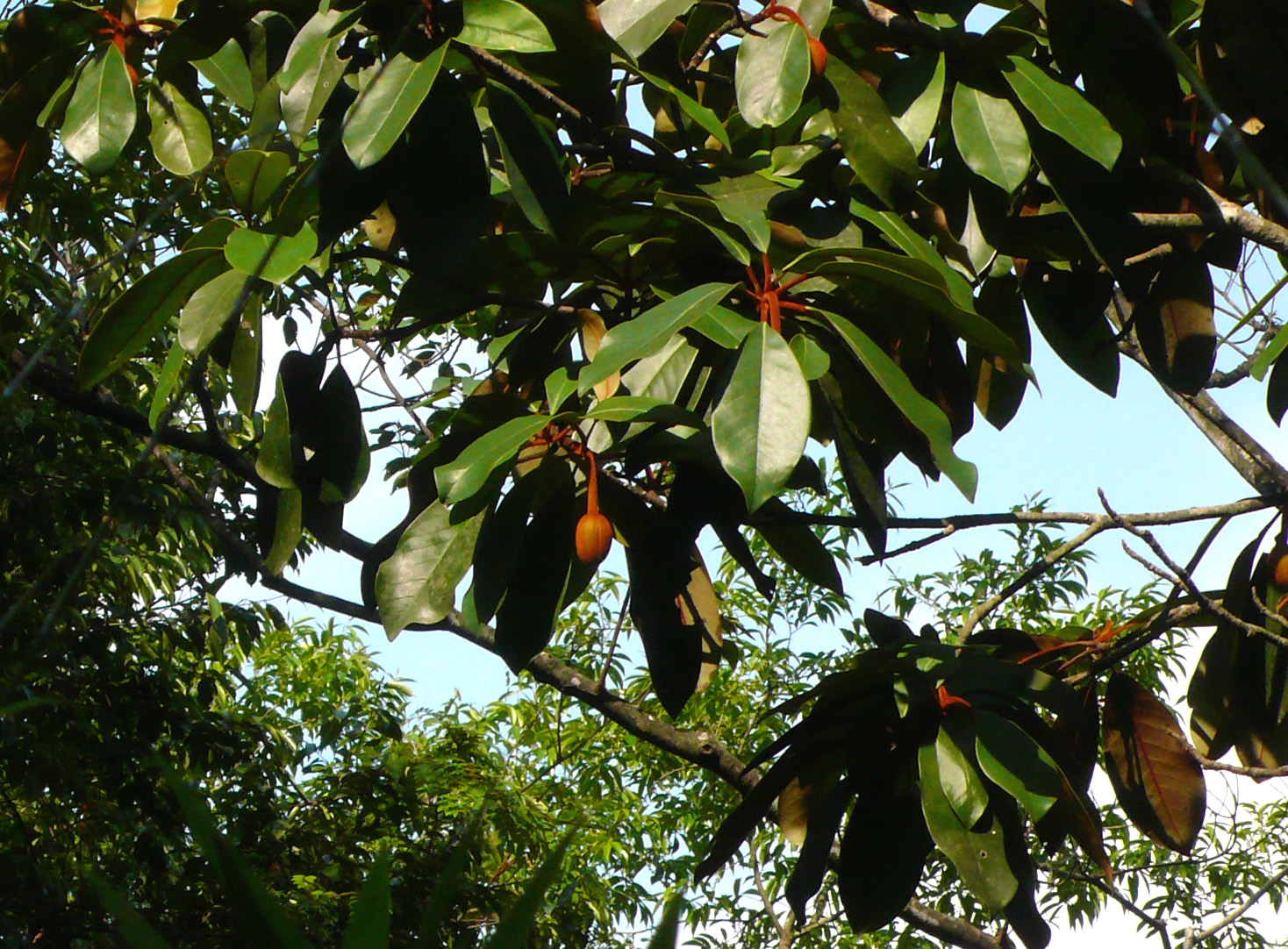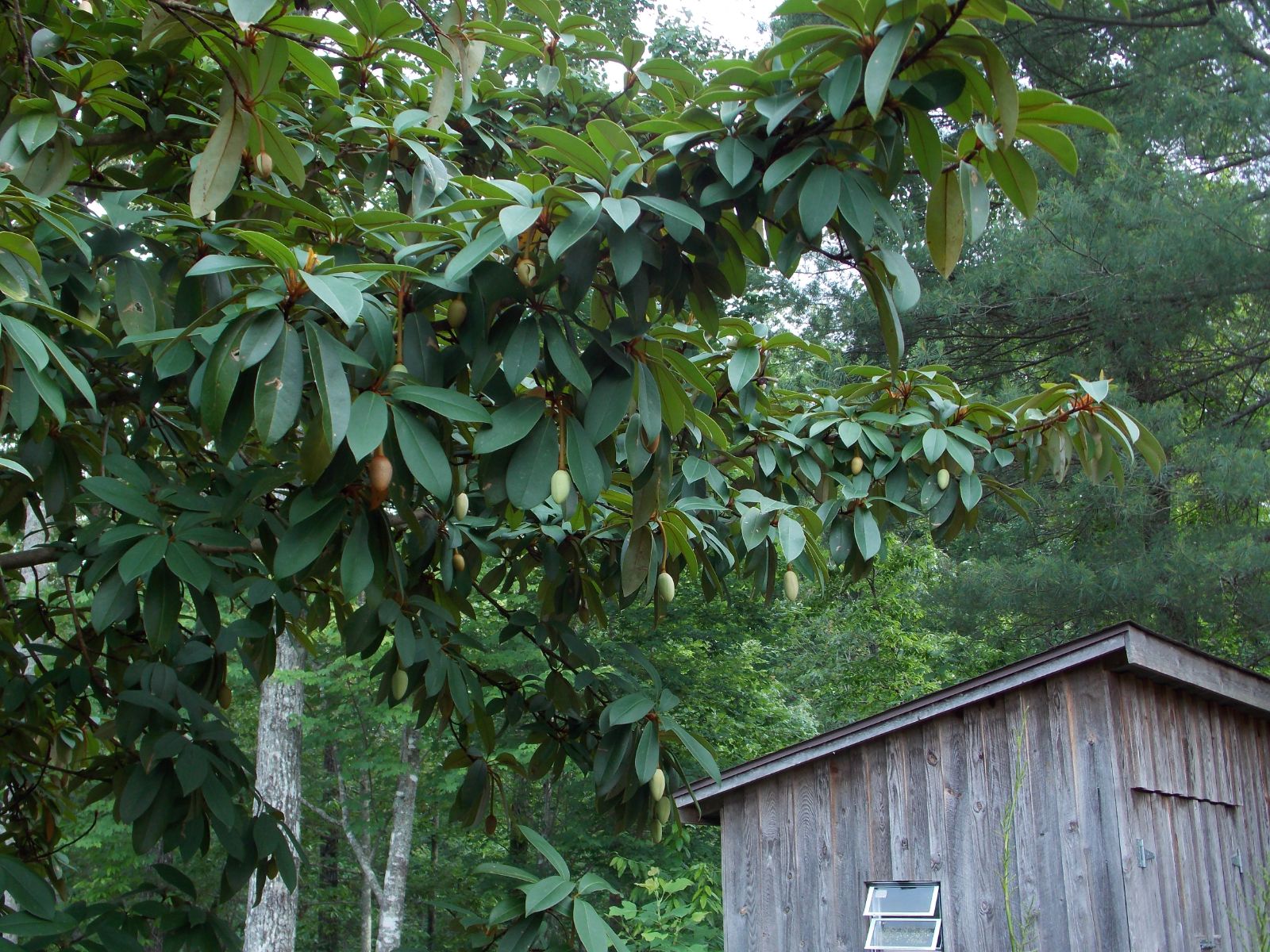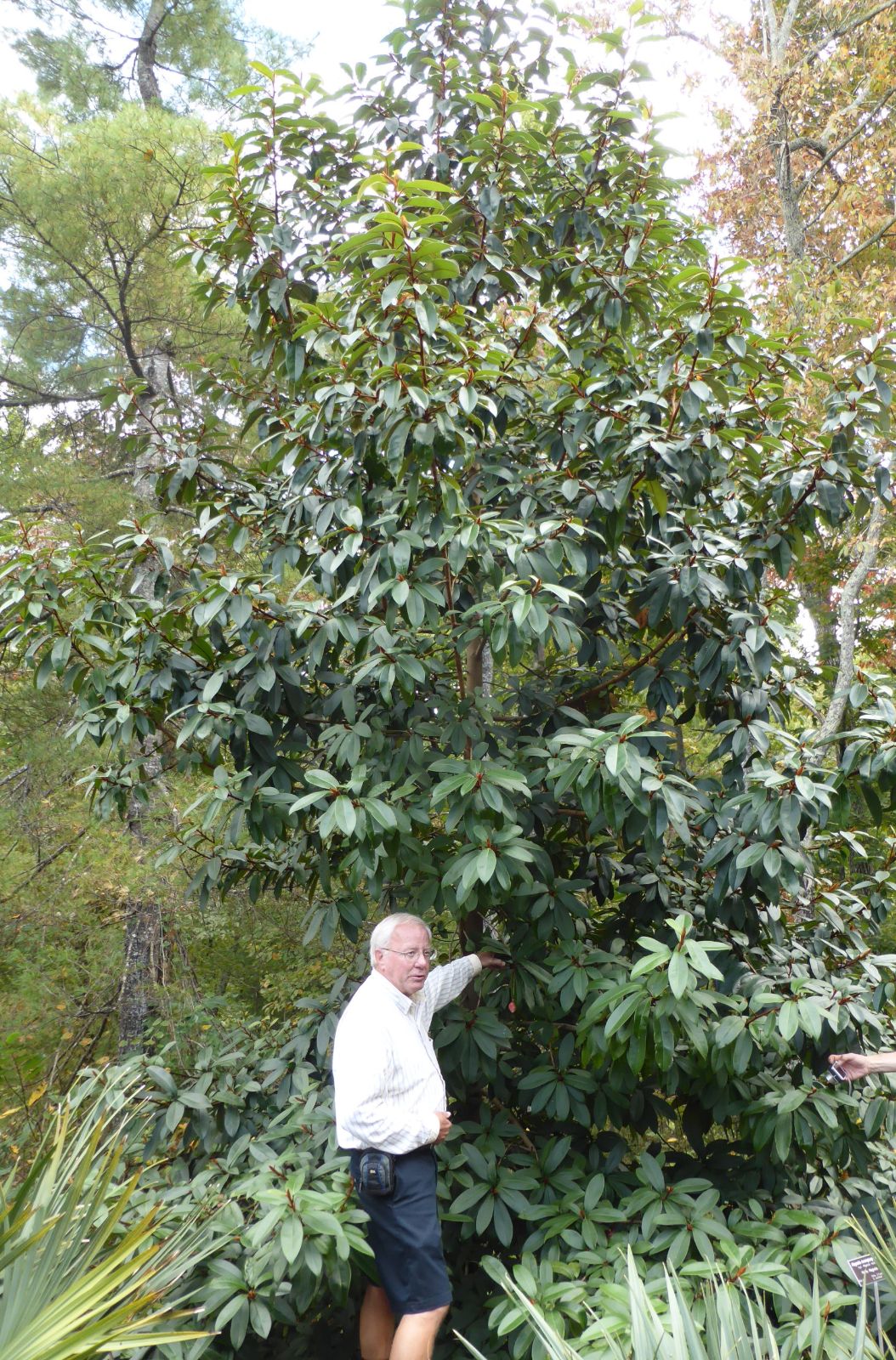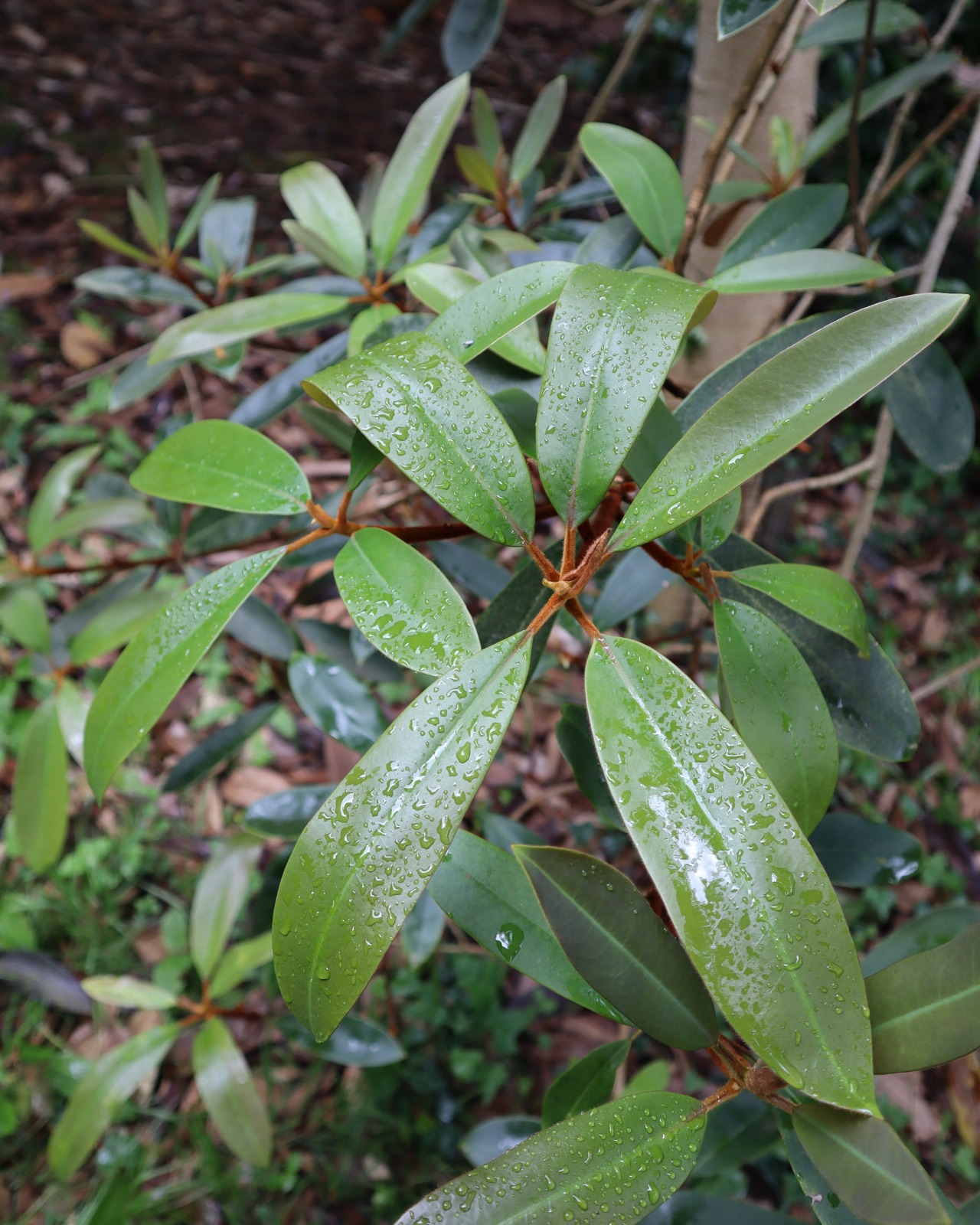Magnolia kwangtungensis
Sponsor
Kindly sponsored by
The Roy Overland Charitable Trust

Credits
Julian Sutton (2022)
Recommended citation
Sutton, J. (2022), 'Magnolia kwangtungensis' from the website Trees and Shrubs Online (treesandshrubsonline.
Genus
- Magnolia
- Section Manglietia
Synonyms
- Manglietia kwangtungensis (Merr.) Dandy
- Manglietia moto Dandy
- Magnolia moto (Dandy) V.S. Kumar
- Magnolia fordiana var. kwangtungensis (Merr.) V.S. Kumar
- Manglietia fordiana var. kwangtungensis (Merr.) B.L. Chen & Noot.
Other taxa in genus
- Magnolia acuminata
- Magnolia × alba
- Magnolia amabilis
- Magnolia amoena
- Magnolia aromatica
- Magnolia biondii
- Magnolia × brooklynensis
- Magnolia campbellii
- Magnolia cathcartii
- Magnolia cavaleriei
- Magnolia caveana
- Magnolia champaca
- Magnolia changhungtana
- Magnolia chapensis
- Magnolia compressa
- Magnolia conifera
- Magnolia Cultivars A
- Magnolia Cultivars B
- Magnolia Cultivars C
- Magnolia Cultivars D
- Magnolia Cultivars E
- Magnolia Cultivars F
- Magnolia Cultivars G
- Magnolia Cultivars H–I
- Magnolia Cultivars J
- Magnolia Cultivars K
- Magnolia Cultivars L
- Magnolia Cultivars M
- Magnolia Cultivars N–O
- Magnolia Cultivars P
- Magnolia Cultivars Q–R
- Magnolia Cultivars S
- Magnolia Cultivars T
- Magnolia Cultivars U–V
- Magnolia Cultivars W–Z
- Magnolia cylindrica
- Magnolia dandyi
- Magnolia dawsoniana
- Magnolia de Vos and Kosar hybrids
- Magnolia decidua
- Magnolia delavayi
- Magnolia denudata
- Magnolia doltsopa
- Magnolia duclouxii
- Magnolia ernestii
- Magnolia figo
- Magnolia floribunda
- Magnolia × foggii
- Magnolia fordiana
- Magnolia foveolata
- Magnolia fraseri
- Magnolia fulva
- Magnolia globosa
- Magnolia × gotoburgensis
- Magnolia grandiflora
- Magnolia grandis
- Magnolia Gresham hybrids
- Magnolia guangdongensis
- Magnolia hookeri
- Magnolia insignis
- Magnolia Jury hybrids
- Magnolia × kewensis
- Magnolia kobus
- Magnolia laevifolia
- Magnolia lanuginosa
- Magnolia leveilleana
- Magnolia liliiflora
- Magnolia × loebneri
- Magnolia lotungensis
- Magnolia macclurei
- Magnolia macrophylla
- Magnolia martini
- Magnolia maudiae
- Magnolia nitida
- Magnolia obovata
- Magnolia officinalis
- Magnolia opipara
- Magnolia × proctoriana
- Magnolia × pruhoniciana
- Magnolia rostrata
- Magnolia salicifolia
- Magnolia sapaensis
- Magnolia sargentiana
- Magnolia sieboldii
- Magnolia sinensis
- Magnolia sinica
- Magnolia sinostellata
- Magnolia × soulangeana
- Magnolia sprengeri
- Magnolia stellata
- Magnolia tamaulipana
- Magnolia × thomsoniana
- Magnolia tripetala
- Magnolia × veitchii
- Magnolia virginiana
- Magnolia × wieseneri
- Magnolia wilsonii
- Magnolia xinganensis
- Magnolia yunnanensis
- Magnolia yuyuanensis
- Magnolia zenii
Tree to 20 m, 0.6 m dbh. Bark dark grey with prominent lenticels. Branchlets densely covered with long, curly, dark brown or rufous hairs. Leaves evergreen, leathery. Leaf blade 12–25 × 4–8 cm, obovate; upper surface glossy green and glabrous; lower surface pale green with rusty brown hairs, especially on the midvein; 10–15 secondary veins on each side of the midrib; margins entire; base cuneate; apex acute or acuminate. Petiole 2–4 cm long and densely pubescent; stipules covered in dense, rusty tomentum; stipular scar narrowly triangular, ~⅓ as long as petiole. Flowers terminal, creamy white and fragrant, peduncle curved outwards or pendulous, 6–12 cm. Tepals nine; outer 3 leathery, oblong, 6.5–7.5 cm long; inner tepals fleshy, spathulate to obovate and 6–7 cm long. Stamens red; gynoecium sessile with 48–71 carpels. Fruits 5–7 cm long, ovoid; ripe carpels tuberculate, with a 2–3 mm beak. Flowering May–June, fruiting August–September (China). (Xia, Liu & Nooteboom 2008; Chen & Nooteboom 1993; Liu et al. 2004).
Distribution China Fujian, Guangdong, Guangxi, Hunan
Habitat Evergreen broad-leaved forests on acidic soil, 400–1200 m.
USDA Hardiness Zone 8-9
RHS Hardiness Rating H3
Conservation status Data deficient (DD)
With its large evergreen leaves, rusty-hairy beneath, and fragrant flowers drooping from the shoot tips in summer, this southeast Chinese manglietia has potential to be an attractive garden plant. While less spectacular in leaf dimensions and pubescence than Magnolia dandyi, M. kwangtungensis seems to be a much more amenable garden tree, flowering freely from about 10 years of age and said to tolerate –18°C or below (Hogan 2008). However, it seems not yet to have spread much beyond the most specialist collections, where as often as not it is labelled under the synonym M. moto.
Its first introduction seems to have been in 1992 by Cliff Parks of Chapel Hill, NC as seed collected in Guangdong: it is the source of much of the stock in American cultivation. In our area it grows and flowers at the JC Raulston Arboretum, where it makes a straight tree with dense foliage, and at Camellia Forest Nursery, NC where it had reached 10 m by 2008 (Figlar 2008). On the West Coast a tree at Sonoma (formerly Quarryhill) Botanical Garden reached 4 m but suffered sun-scorch and frost damage (Grimshaw & Bayton 2009). Rarely seen in Europe, there are examples in Cornwall at Tregrehan (6 m × 25 cm, 2014) and Caerhays Castle (6 m × 25 cm, 2016 – The Tree Register 2021), flowering at Caerhays for the first time in 2019 from the collection TH 2777 (Williams 2022). In drier central-southern England, John Gallagher’s specimen gained a grand 15 cm in five years (pers. comm. 2007), while Kevin Hughes’ plant was killed outright by –6 °C following the cool summer of 2007.
In summary, a sheltered location with high summer temperatures, acidic soil, adequate soil moisture, humidity and a degree of shade are probably the ideal.

